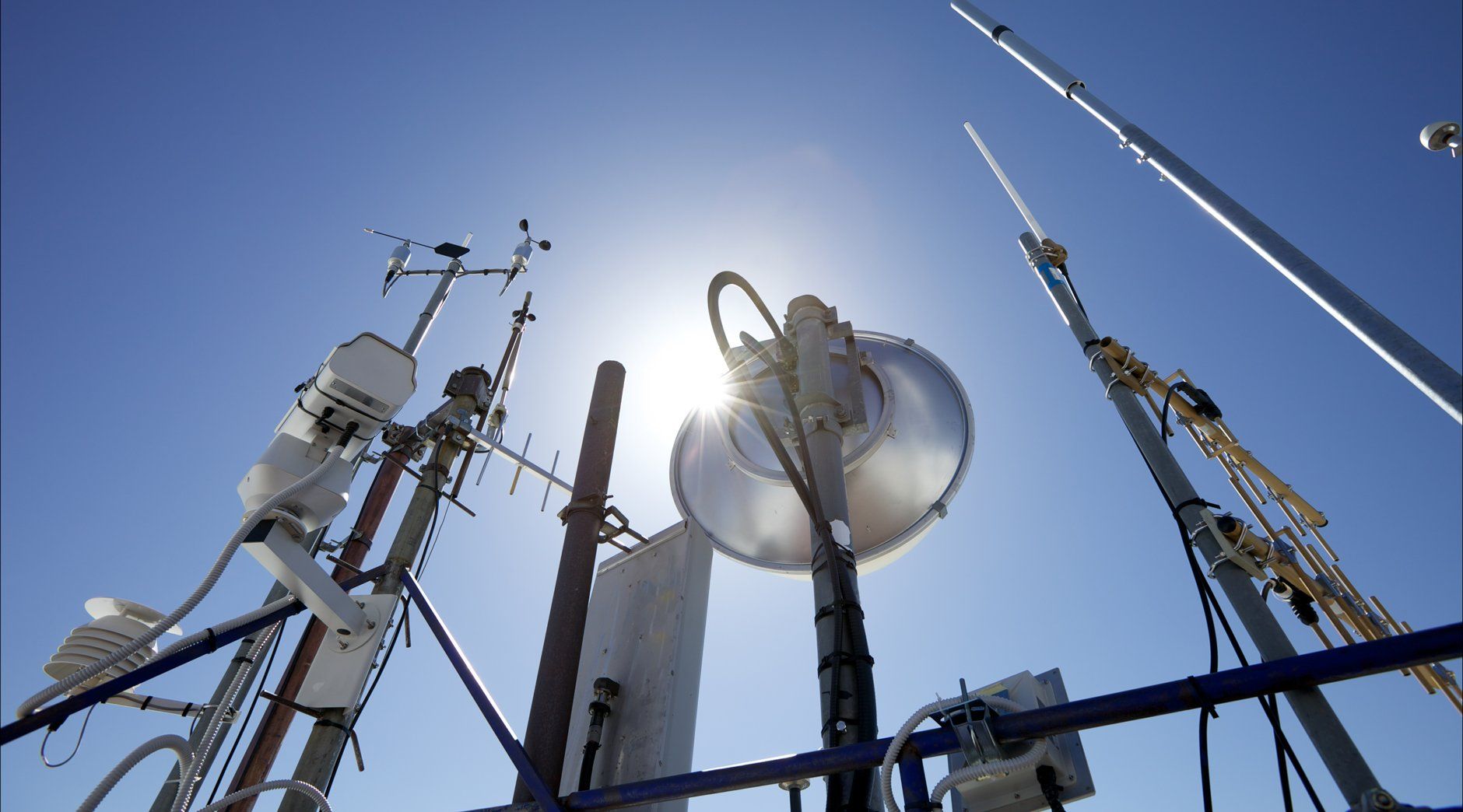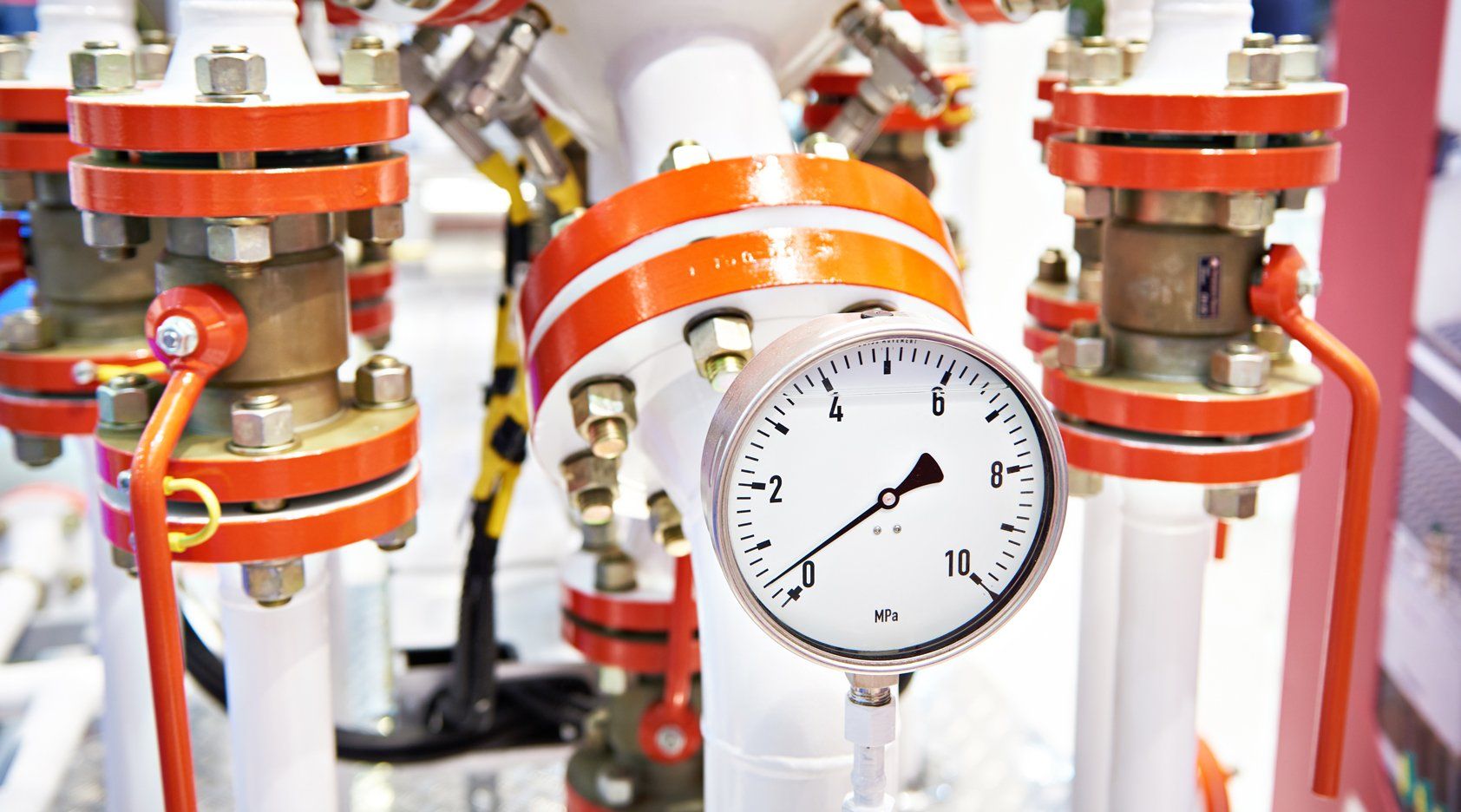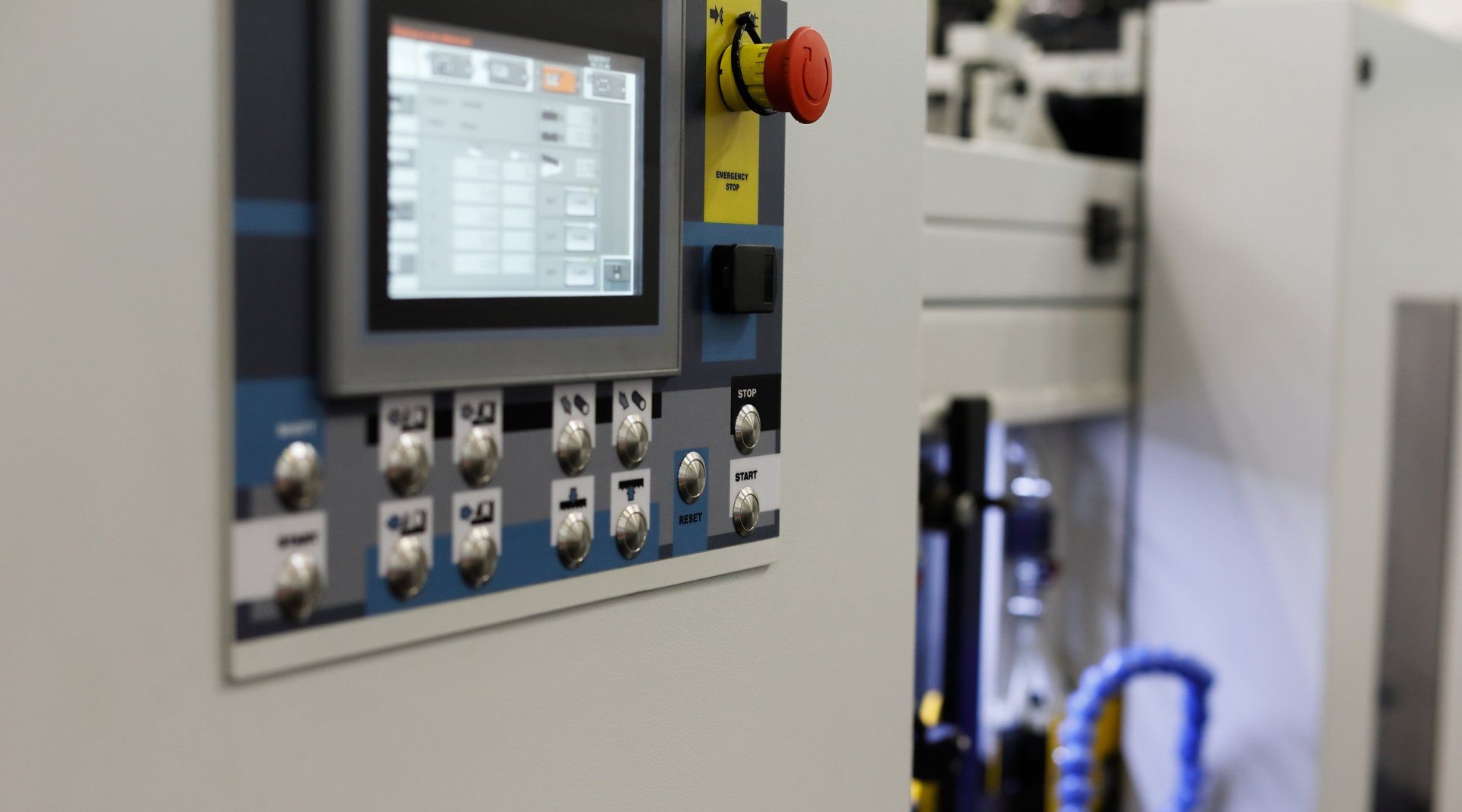SAMPLE CONDITIONING SYSTEMS
Sampling System Experience
DILUTION EXTRACTIVE SYSTEMS – Dilution Systems use clean, dry air to continuously dilute the sample gas stream, typically within the sampling probe. This provides several benefits, including, lower sample dew point, lower levels of corrosive gases, and less sample flow through the probe filter which extends filter life. The lower sample dew point allows the use of non-heated sample lines or lower cost “freeze-protected” sample lines to transport the continuous sample stream to the analyzer location. Dilution ratios up to 250:1 are used depending on the gases being measured and the sample stream composition. Dilution systems are used for EPA compliance, process control, and safety applications.

COLD/DRY EXTRACTIVE SYSTEMS – This type of extractive sampling system typically uses a heated sample line to transport the continuous sample stream to the analyzer location. Upon entry into the analyzer building or shelter, the sample stream passes through a sample cooler that rapidly cools the sample. Moisture in the sample stream will condense in the sample cooler. A moisture sensor at the outlet of the sample cooler alarms if the residual moisture in the gas stream is too high, and can be used to automatically shut off the sample pump or divert the sample stream to protect the analyzers from contamination. The cooler and dryer gas stream next passes through a particulate filter to remove any remaining particulates. The clean sample stream will then pass through the required analyzers to provide accurate readings and without plugging or contaminating the analyzers. Some versions of this type of extractive sampling system remove the moisture from the sample stream at the sample probe, eliminating the need for a heated sample line. Cold/Dry systems are used for EPA compliance, process control, and safety applications.

HOT/WET EXTRACTIVE SYSTEMS – This type of extractive sampling system always uses a a heated sample line to transport the continuous sample stream to the analyzer location. A Hot/Wet Extractive System requires the use of analyzers that operate at high temperatures, using either an internal heated oven or heated sampling cell. The Hot/Wet systems offer the advantage of having fewer sample system components than a Cold/Dry system, and often produce more accurate analyzer measurements. However, this type of system can only be used with analyzers that can operate at elevated temperatures. Hot/Wet systems are used for EPA compliance, process control, and safety applications.

Sampling System Experience
DILUTION EXTRACTIVE SYSTEMS – Dilution Systems use clean, dry air to continuously dilute the sample gas stream, typically within the sampling probe. This provides several benefits, including, lower sample dew point, lower levels of corrosive gases, and less sample flow through the probe filter which extends filter life. The lower sample dew point allows the use of non-heated sample lines or lower cost “freeze-protected” sample lines to transport the continuous sample stream to the analyzer location. Dilution ratios up to 250:1 are used depending on the gases being measured and the sample stream composition. Dilution systems are used for EPA compliance, process control, and safety applications.


COLD/DRY EXTRACTIVE SYSTEMS – This type of extractive sampling system typically uses a heated sample line to transport the continuous sample stream to the analyzer location. Upon entry into the analyzer building or shelter, the sample stream passes through a sample cooler that rapidly cools the sample. Moisture in the sample stream will condense in the sample cooler. A moisture sensor at the outlet of the sample cooler alarms if the residual moisture in the gas stream is too high, and can be used to automatically shut off the sample pump or divert the sample stream to protect the analyzers from contamination. The cooler and dryer gas stream next passes through a particulate filter to remove any remaining particulates. The clean sample stream will then pass through the required analyzers to provide accurate readings and without plugging or contaminating the analyzers. Some versions of this type of extractive sampling system remove the moisture from the sample stream at the sample probe, eliminating the need for a heated sample line. Cold/Dry systems are used for EPA compliance, process control, and safety applications.
HOT/WET EXTRACTIVE SYSTEMS – This type of extractive sampling system always uses a a heated sample line to transport the continuous sample stream to the analyzer location. A Hot/Wet Extractive System requires the use of analyzers that operate at high temperatures, using either an internal heated oven or heated sampling cell. The Hot/Wet systems offer the advantage of having fewer sample system components than a Cold/Dry system, and often produce more accurate analyzer measurements. However, this type of system can only be used with analyzers that can operate at elevated temperatures. Hot/Wet systems are used for EPA compliance, process control, and safety applications.

Sampling System Experience
DILUTION EXTRACTIVE SYSTEMS – Dilution Systems use clean, dry air to continuously dilute the sample gas stream, typically within the sampling probe. This provides several benefits, including, lower sample dew point, lower levels of corrosive gases, and less sample flow through the probe filter which extends filter life. The lower sample dew point allows the use of non-heated sample lines or lower cost “freeze-protected” sample lines to transport the continuous sample stream to the analyzer location. Dilution ratios up to 250:1 are used depending on the gases being measured and the sample stream composition. Dilution systems are used for EPA compliance, process control, and safety applications.


COLD/DRY EXTRACTIVE SYSTEMS – This type of extractive sampling system typically uses a heated sample line to transport the continuous sample stream to the analyzer location. Upon entry into the analyzer building or shelter, the sample stream passes through a sample cooler that rapidly cools the sample. Moisture in the sample stream will condense in the sample cooler. A moisture sensor at the outlet of the sample cooler alarms if the residual moisture in the gas stream is too high, and can be used to automatically shut off the sample pump or divert the sample stream to protect the analyzers from contamination. The cooler and dryer gas stream next passes through a particulate filter to remove any remaining particulates. The clean sample stream will then pass through the required analyzers to provide accurate readings and without plugging or contaminating the analyzers. Some versions of this type of extractive sampling system remove the moisture from the sample stream at the sample probe, eliminating the need for a heated sample line. Cold/Dry systems are used for EPA compliance, process control, and safety applications.
HOT/WET EXTRACTIVE SYSTEMS – This type of extractive sampling system always uses a a heated sample line to transport the continuous sample stream to the analyzer location. A Hot/Wet Extractive System requires the use of analyzers that operate at high temperatures, using either an internal heated oven or heated sampling cell. The Hot/Wet systems offer the advantage of having fewer sample system components than a Cold/Dry system, and often produce more accurate analyzer measurements. However, this type of system can only be used with analyzers that can operate at elevated temperatures. Hot/Wet systems are used for EPA compliance, process control, and safety applications.

BROWSE OUR WEBSITE
OUR LOCATION
BROWSE OUR WEBSITE
CONTACT INFORMATION
Two Locations To Serve You Better:
Pittsburgh, PA
Charleston, WV
412-221-0390 (Bridgesville)
304-757-2900 (Scott Depot)
1840 Mayview Road Suite 100 Bridgeville, PA 15017
Scott Depot, WV 25560
OUR LOCATION
